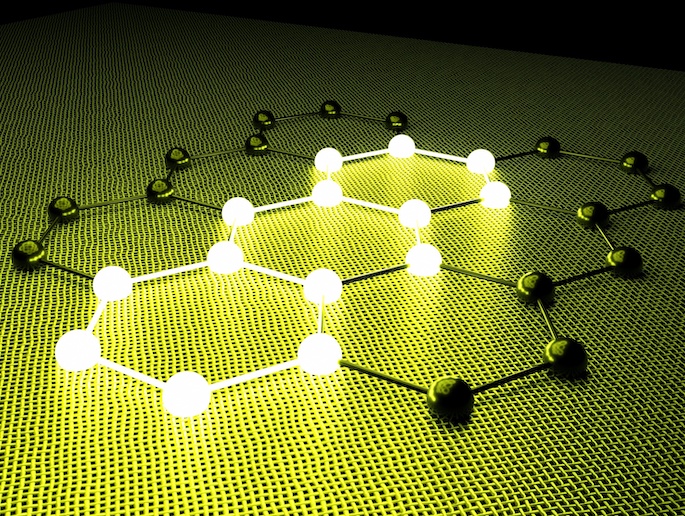Sonochemical processes prevent biofilm formation
Pseudomonas aeruginosa and Staphylococcus aureus are the most commonly seen multidrug-resistant microbes in hospital settings. Different approaches have been attempted to prevent biofilm formation that include biological mechanisms and impregnation of medical devices with antimicrobial agents, but they proved inefficient. The EU-funded NOVO (Novel approaches for prevention and degeneration of pathogenic bacteria biofilms formed on medical devices e.g. catheters) project has exploited the low-cost, single-step, eco-friendly ultrasound for inhibition of biofilm formation to produce novel antimicrobial coatings and materials. For coatings, researchers explored the efficacy of inorganic nanoparticles like zinc oxide (ZnO) and magnesium fluoride (MgF2) as well as organic polymers and enzymes. Scientists successfully coated inorganic particles onto catheters, with MgF2 showing over 70 % inhibition of biofilm formation. The entire sonochemical process for catheter coating took less than 30 minutes. Besides retaining biocompatibility, the catheters coated with ZnO and MgF2 were unaffected by sterilisation with gamma radiation and ethylene oxide. Importantly, the coated catheter properties complied with regulatory requirements. Coating of silicone catheters with organic polymers successfully reduced P. aeruginosa and S. aureus bacterial biofilm formation. Modification conditions for the organic solvents were also optimised. In particular, poly(catechin)-trimethoprim and poly(catechin)-trimethoprim-sulfamethoxazole demonstrated over 80 % biofilm inhibition. Catheters coated with enzymatically polymerised phenolic compounds and phenolic nanocapsules (NCs) yielded excellent results. Tests demonstrated over 80 % antimicrobial activity in several bacterial species. Use of sulfobetaine methacrylate with phenolic NCs significantly improved biofilm inhibition. In parallel, scientists immobilised enzymes like cellobiose dehydrogenase and acylase on catheter surfaces. These coatings also proved effective in reducing P. aeruginosa and S. aureus biofilm formations. NOVO products and techniques for coating medical devices promise to cost-effectively and significantly reduce hospital-acquired infections, thus improving health care quality and patients' quality of life. Moreover, the NOVO technological platform could also be used for non-medical applications such as sewage pipes, pipelines and water treatment membranes. This should boost the job market as well as the European economy in a market worth several billions of euros.







